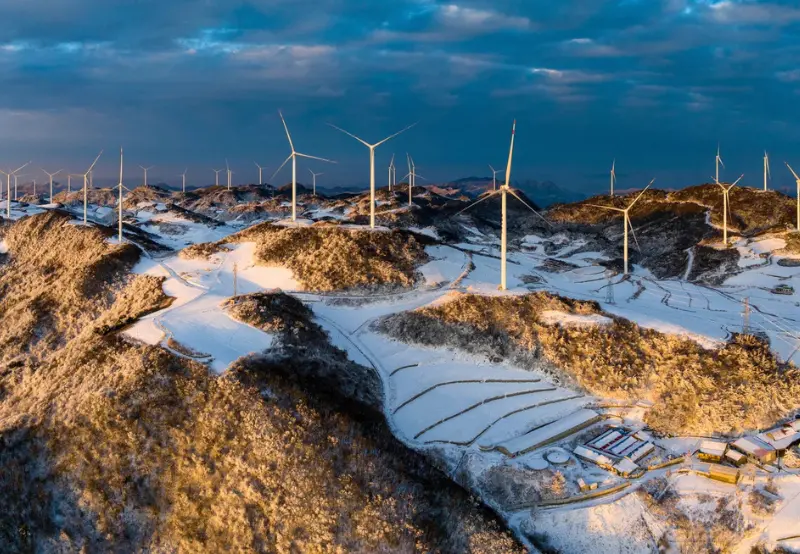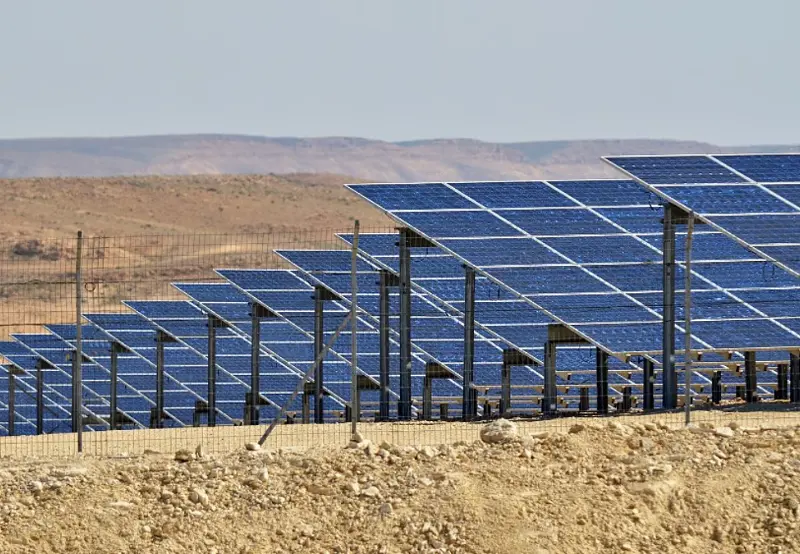Discover the China renewable surge as the nation achieves record-breaking solar & wind growth. Explore why this clean‑power leap matters globally.
Table of Contents
- Intro: China Renewable Surge Hits Peak
- Record-Breaking Solar & Wind Growth
- Impact on Global Clean‑Energy Race
- Economic & Environmental Implications
- Challenges and the Path Ahead
- Conclusion: What It Means for the World
1. China Renewable Surge Hits Peak
China renewable surge has dominated headlines recently, as the country ramped up its clean electricity infrastructure at unprecedented speed. This surge—which kicked off in early 2025—signals a transformative shift in the world’s largest energy consumer and CO₂ emitter.
2. Record-Breaking Solar & Wind Growth
- May 2025 alone: China installed a staggering 93 GW of solar (nearly 100 panels per second) and 26 GW of wind (around 5,300 turbines).
- Jan–May totals: 198 GW of solar and 46 GW of wind—enough electricity to power nations like Indonesia or Turkey.
- Installed capacity milestones: Solar capacity surpassed 1,000 GW (half of global PV); combined solar + wind hit ~1,482 GW, overtaking coal-based thermal power by March 2025.
3. Impact on Global Clean‑Energy Race
China’s explosive growth far outpaces other regions:
- Cleaner generation rise: In Q1 2025, wind & solar output rose 19%, compared to 6% in the U.S. and –5% in Europe.
- Global share: China accounted for over 60% of new worldwide wind & solar installations in 2024 .
- Dominating manufacturing: The nation leads solar panel and turbine production, driving down global costs and propelling deployment .
4. Economic & Environmental Implication
- Lower emissions share: Renewables now supply ~39% of China’s power mix in early 2025—up from ~34% same time last year.
- Coal still present: Coal-fired capacity remains high; China bets on dual strategy—renewables + coal—for energy security.
- Economic transformation: Clean energy deployment is invigorating domestic manufacturing, creating jobs, and offering export opportunities.
5. Challenges and the Path Ahead
- Grid constraints: Transmission bottlenecks in remote provinces lead to curtailment—unused renewable power due to insufficient grid capacity.
- Financial pressures: Intense price competition among solar firms has squeezed margins—even as installations soar.
- Coal fallback: China is still approving new coal plants (~66.7 GW in 2024) to meet skyrocketing demand from data centres, AI, and automation.
- Urgent infrastructure upgrades: A US$800 billion grid-modernisation plan through 2030 is essential to enable the renewable revolution.
6. What It Means for the World?
The China renewable surge reshapes the global energy landscape. With record-shattering deployment, the nation not only leads in clean-power but creates policy and industrial ripples worldwide—from competitive pricing to climate diplomacy.
For the global transition to net-zero, China’s approach offers both hope and caution:
- Hope: Rapid cost reductions, innovation, infrastructure push.
- Caution: Coal reliance, grid integration challenges, profitability issues.
Related Articles:
- China sets clean electricity milestones during Q1 2025
- China’s green hydrogen and nuclear plans
- Global energy demand trend 2024–2025
150% of target achieved? By smashing its 2030 solar+wind goal six years early, China proves scale matters when it comes to climate change. But the next steps—grid, finance, fossil phase‑out—will determine whether this is a clean‑energy sprint or a marathon.





